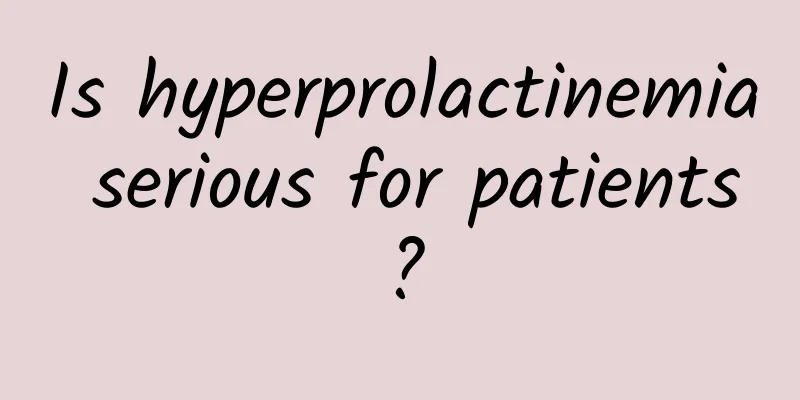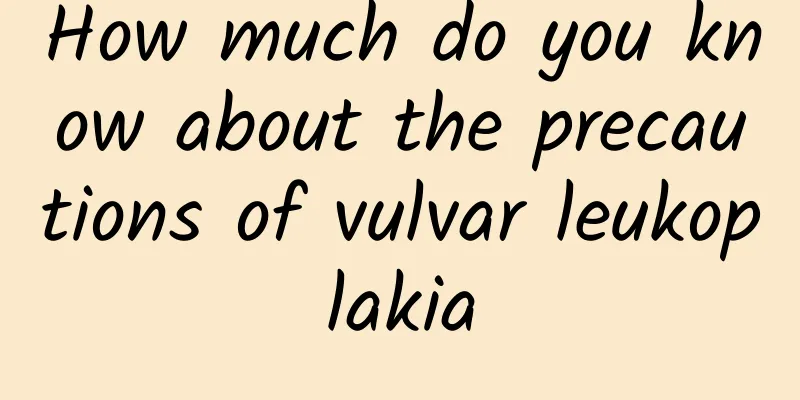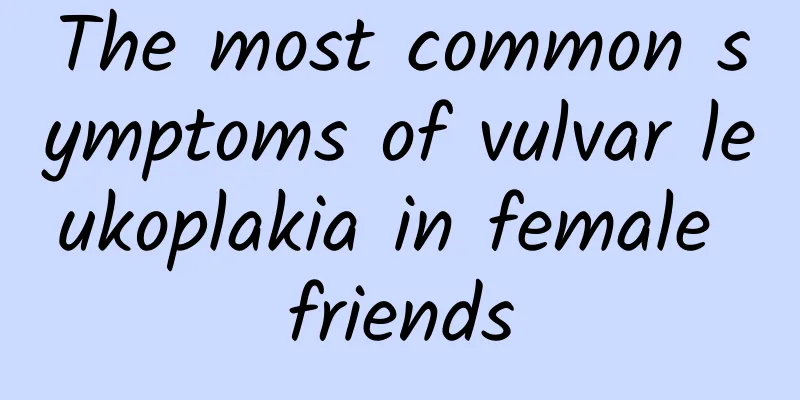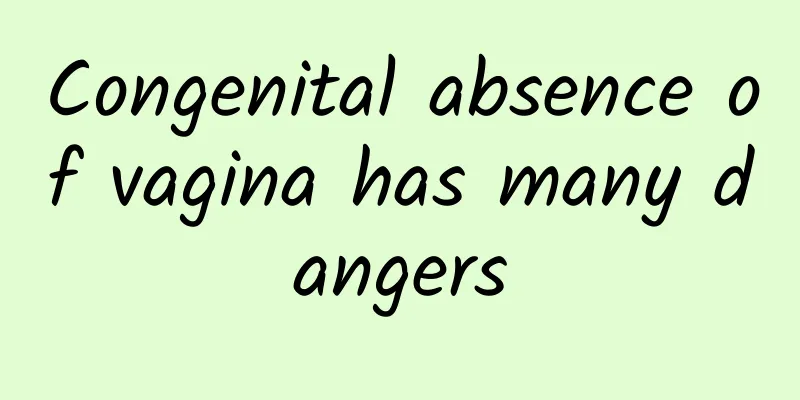Can Polycystic Ovary Syndrome be Cured?
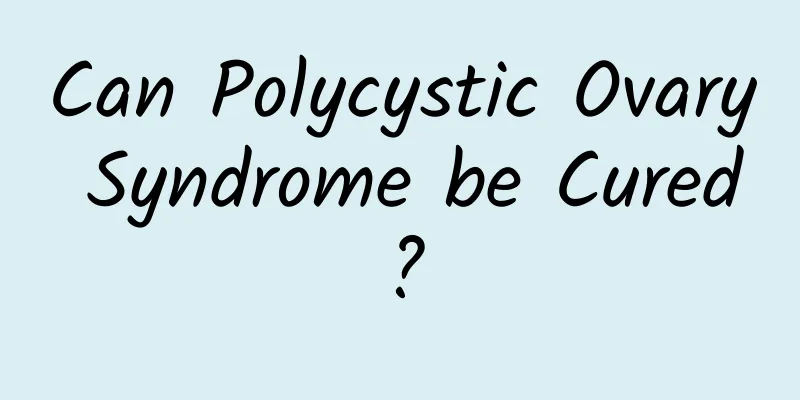
|
Polycystic ovary syndrome is a complex disease caused by metabolic and endocrine abnormalities that women are very likely to suffer from during childbearing or pregnancy preparation. Polycystic ovary syndrome is caused by genetic factors, sex hormones and environmental factors. Polycystic ovary syndrome is curable. Currently, the treatment method for polycystic ovary syndrome in China has been recognized, and drug treatment has replaced surgical treatment as the first-line treatment method. Polycystic ovary syndrome is a complex disease caused by metabolic and endocrine abnormalities that women are very likely to suffer from during childbearing or pregnancy preparation. Polycystic ovary syndrome is mainly caused by three factors, namely genetic factors, sex hormones and environmental factors. Polycystic ovary syndrome is not contagious, but it is hereditary. Studies have shown that polycystic ovary syndrome is caused by major gene mutations and 50% will be passed on to offspring. You can avoid the occurrence of polycystic ovary syndrome in your life, such as: 1. When changing seasons, pay attention to adding or removing clothes appropriately to keep warm and avoid catching a cold or getting a heat stroke. 2. Pay attention to food hygiene in life, avoid eating high-fat foods, eat more vegetables, fruits and healthy natural foods. 3. Do not engage in strenuous or intense activities within two hours after a meal. Exercise more often and do not work for too long at one time if you are working at a desk. 4. Maintain a good and happy attitude, develop the habit of going to bed early and getting up early, and avoid bad habits such as smoking and drinking. Polycystic ovary syndrome is curable. At present, the treatment methods for polycystic ovary syndrome in China have been recognized. Drug treatment has replaced surgical treatment as the first-line treatment method. Oral contraceptives, glucocorticoids and letrozole are safe and effective and have been accepted by the majority of patients. The purpose of this drug treatment is mainly related to the patient's fertility requirements. The second is surgical treatment. There are three types of surgical treatments, namely in vitro fertilization technology, laparoscopic ovarian electrocautery or laser perforation treatment, and bilateral ovarian wedge resection. It is mainly used to adjust the menstrual cycle and improve the patient's condition by reducing the androgen produced by the ovaries. Patients with hemangiomas should pay attention to their lifestyle and diet. The main clinical manifestations of polycystic ovary syndrome are infertility, facial acne, menstrual disorders, or abdominal pain during menstruation. Once symptoms of polycystic ovary syndrome are found, treatment must be taken as soon as possible to avoid lesions. |
<<: Does ovarian chocolate cyst affect pregnancy?
>>: What is Polycystic Ovarian Syndrome?
Recommend
Is there any shadow? Eating rice to lose weight can avoid starvation
Rice has always been an inconspicuous but indispe...
Can you eat garlic during menstruation?
You can eat some garlic during menstruation. Eati...
What causes endometrial tuberculosis?
What are the causes of endometrial tuberculosis i...
What is vulvar leukoplakia? 4 symptoms of vulvar leukoplakia
What are the common vulvar leukoplakia diseases? ...
How to prevent gynecological diseases, these 6 measures must be mastered
Many female friends will be troubled by gynecolog...
A cup of banana milkshake for breakfast can help you have smooth bowel movements and lose weight and beautify your face!
Bananas are rich in nutrients such as carbohydrat...
How to treat early ectopic pregnancy?
Treatment of early ectopic pregnancy. Under norma...
What should you pay attention to after a miscarriage? Pay attention to these 6 points
After a miscarriage, women should first pay atten...
Modern treatment of hyperprolactinemia
What are the treatments for hyperprolactinemia? E...
What should women eat during menopause with irregular menstruation?
Irregular menstruation is one of the symptoms of ...
What can I eat to get rid of uterine fibroids? What can I eat to get rid of uterine fibroids?
Uterine fibroids are common benign tumors in gyne...
Can hydrosalpinx be cured?
Hydrosalpinx is difficult to cure, and it is diff...
Do you know what the conditions are for patients who have abortions?
Unexpected pregnancy led to the emergence of abor...
Basic clinical manifestations of acute pelvic inflammatory disease
Acute pelvic inflammatory disease is also a type ...
Cool off the heat and enjoy a slimming meal. Cold bitter melon will tease your stomach.
April to September every year is the peak season ...
